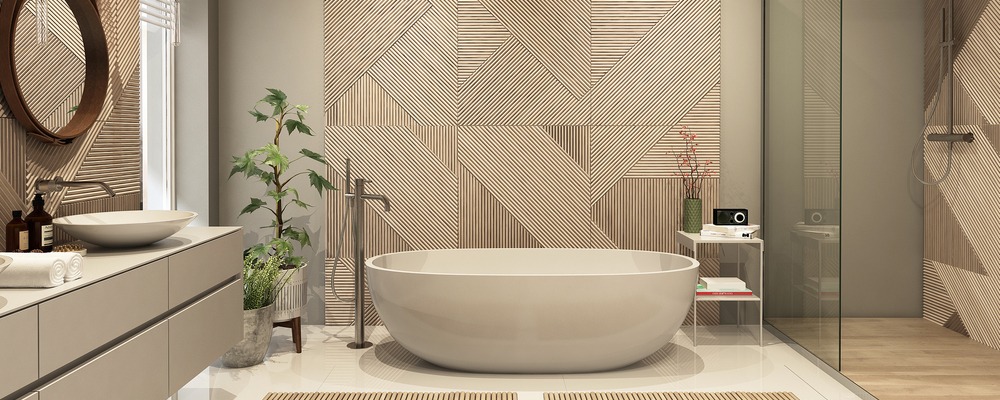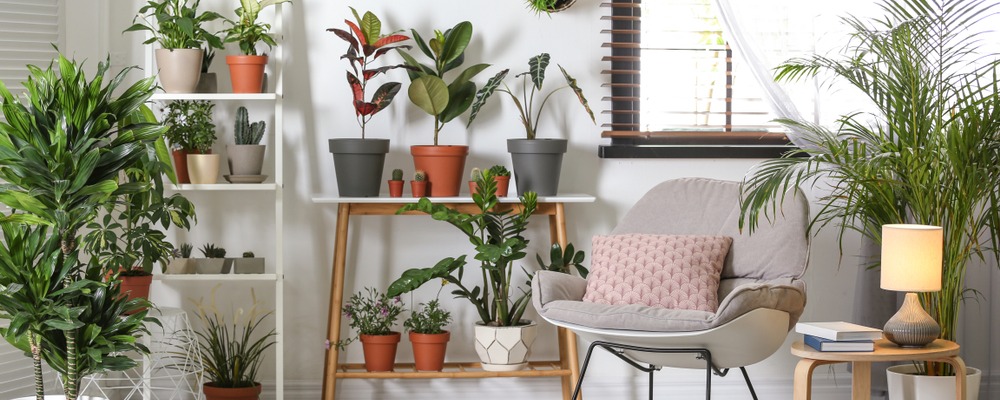
Key Takeaways
Decide on the Best Layout:
Plan the flow of the room with different workstations for specific tasks (chopping, wet area, food storage).
Ensure practicality and efficiency.
Consider the Color Scheme and Kitchen Style:
Choose a style (modern, country, industrial) and let furnishings follow suit.
Opt for materials like granite, wood, or stainless steel based on your chosen style.
Prioritise Practicality and Durability:
Select hardwearing materials for worktops and cabinets.
Granite is tough and scratch-resistant, while wood may stain easily.
Anticipate Future Needs:
Think long-term—materials or colors that seem great initially may become impractical.
Consider family changes (e.g., children, pets) and plan accordingly.
Stick to Your Budget:
Be realistic about what you can afford.
Prioritize essentials over wants.
Create a Flow:
Ensure a smooth transition between workstations.
Keep functionality in mind.
Remember Resale Value:
Neutral color schemes and timeless materials retain value.
Personalize with accessories rather than permanent fixtures.
When it comes to furnishing your new kitchen, there’ll be many decisions you’ll want to get right. Not only does the space serve a practical everyday purpose, it’s also a place for family time and relaxing with friends. If you choose the right layout, furnishings and style, it will become the real focal point for the home.
Whether you need help choosing kitchen tiles, getting the layout right, or staying within your budget, here are seven essential tips to help you stay on track.
1. Decide on the best layout
Before you can start thinking about choosing your furnishings, you’ll need to get the flow of the room right. The best kitchens have different work stations to contain specific tasks. For example, you’ll want chopping space close to the oven, a wet area including your sink and dishwasher, and food storage areas close to the fridge.2. Consider the colour scheme & kitchen style
Decide on your style of kitchen first and the furnishings should follow. For a modern kitchen you might go for granite worktops, handless cupboards, and a stainless-steel sink. For more of a country style kitchen, you might require a wooden worktop and table, and a white ceramic sink. If you have any exposed pipes, consider leaving them like that for a spot of industrial charm – you can even use them to create a clever shelving unit. Remember that it’s important to choose a style and try and stick to it where you can.3. Look critically at your needs and practicality
Yes, you’ll want your kitchen to be aesthetically pleasing, but you should try and choose materials that are hardwearing and practical. When choosing the material for your kitchen worktops consider:- Durability – granite is extremely tough and won’t be susceptible to scratches in the same way as wood or laminate
- Stain resistance – used tea bags or certain foods like curry can stain wood easily
- Value – you may find that granite retains its value better than other materials
- Purpose – marble worktops stay cool which is ideal if you make pastry as it won’t dry out on the worktop
- Cost – specific materials such as granite may eat into your budget


